David Chipperfield’s sober extension of San Michele island cemetery in Venice
The tombs of generations of Venetians lie within the wave-lapped walls of San Michele island cemetery. David Chipperfield’s new cloistered courtyards seek to restore some of the cemetery’s original monumental qualities, emphasising the interiority and intimacy of the island used as Venice’s sole cemetery since 1837
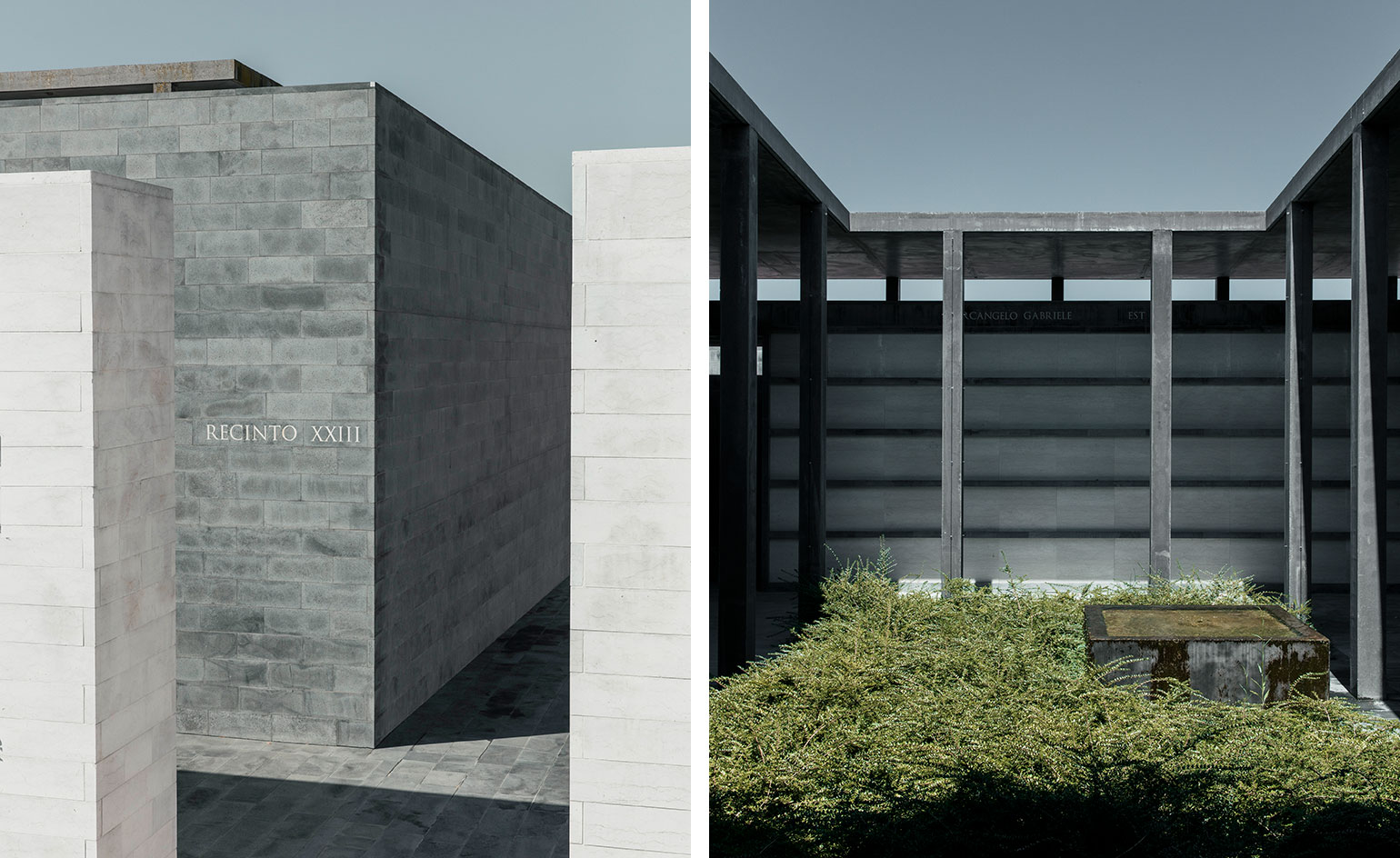
Back in 1998, David Chipperfield Architects (DCA) beat 145 other contenders to win a global competition for an extension to the Venetian island cemetery of San Michele. Thanks to the vagaries of Italian funding and bureaucracy, work didn’t begin until 2004. Another 14 years on, and the second (and potentially, last) phase of a revised scheme – including a new dock to supplement the existing pontoon on the island’s west side, and an administrative building – is now complete.
San Michele has been the city’s sole burial ground since 1837, and within its wave-lapped walls lie the tombs of generations of Venetians, as well as some illustrious foreigners, including ballet impresario Serge Diaghilev, composer Igor Stravinsky and poet Ezra Pound. After nearly 200 years of internments, the cemetery was running out of space, so the 1998 competition called for new columbariums, a chapel and a crematorium, plus an addition that would have seen an entirely new island constructed alongside the old.
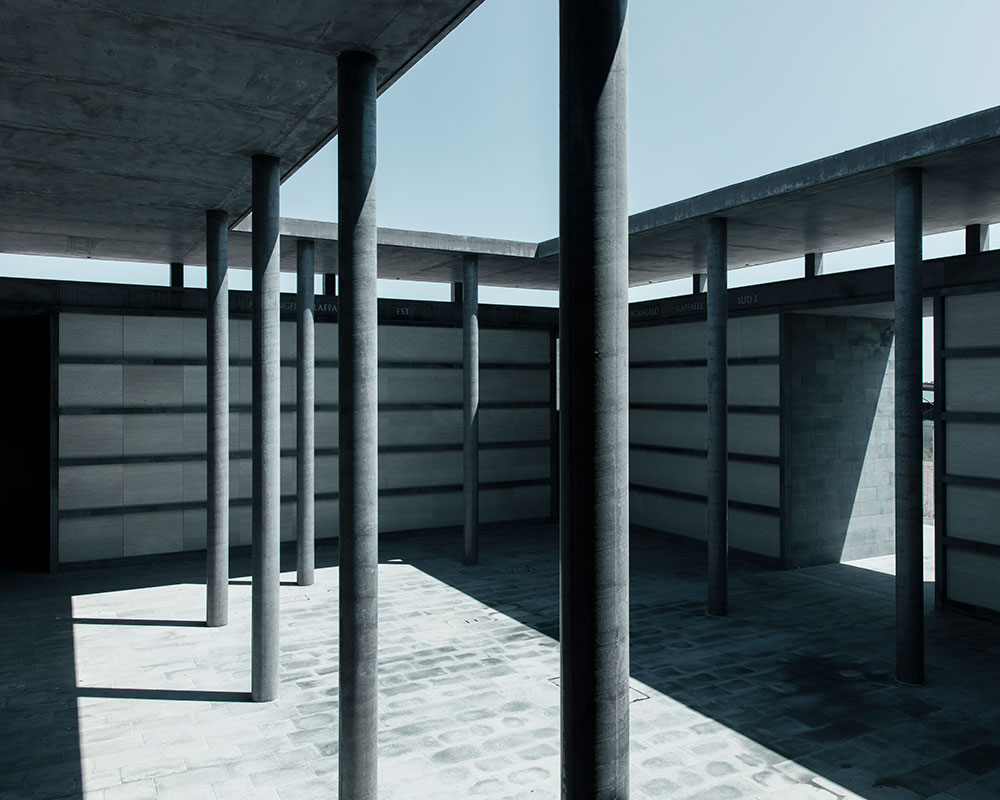
A series of black concrete colonnades in one of the new courtyards, which are all lined with rows of burial recesses.
Giuseppe Zampieri, design director and partner of DCA Milan, explains the genesis of the Chipperfield design partly as a reaction to the existing layout of the site. ‘Being an island cemetery in the Venetian lagoon, the conditions of San Michele make it pretty unique,’ he says. ‘In recent years, however, the increasingly municipal character has become a contrast to its romantic exterior. Our design tried to address this imbalance and restore some of the cemetery’s original monumental physical qualities. Rather than the existing arrangement of tombs in parallel rows, the scheme is a new arrangement of walls enclosing rectangular courtyards. The walls are blind on the exterior but lined with burial recesses internally to emphasise this interiority and sense of intimacy.’
The project was developed in two main phases. The first element, the Courtyard of the Four Evangelists, was completed in 2007, and its design – being internally subdivided into smaller courtyards of different sizes, with basalt walls and pavement inlaid with text from the four gospels – served as a prototype for the subsequent courtyards on the site. The second phase, completed in 2017, includes an ossuary in white Istrian stone, the Courtyard of the Three Archangels, and a service building in red brick. For the moment, a third phase, including more courtyards, an ossuary and the new island extension, is still to be confirmed, pending appropriate funding (the city having vastly overspent on the controversial, still-unfinished barrage that is supposed to protect it from major floods).
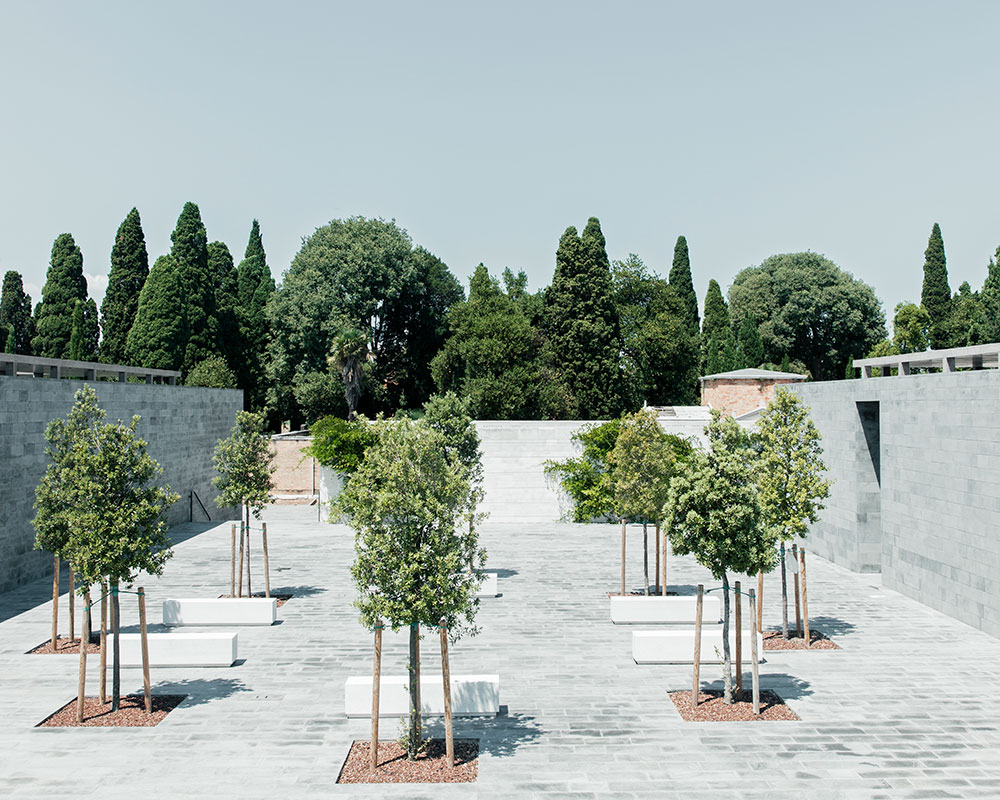
New trees have been planted to match the rest of the island cemetery, which is dotted with gardens and cypress trees.
Death, in Venice, has a history as picturesque as anything else in this strangest and most alluring of cities. In the Middle Ages, the rich were buried in churches and the poor in campielli dei morti, or ‘little fields of the dead’, which sound deeply romantic but in reality were hellishly dank, overcrowded scraps of land. The campielli were finally closed in 1837, thanks to reforms introduced under the Napoleonic occupation, and the city’s departed began to be shipped across the lagoon to San Michele, which from then on was devoted entirely to the dead. Surrounded by high walls and shaded with cypress trees, the island is a haunting spot. But it’s also quietly lively: the pressure of space is such that most tombs have to be vacated after just ten to 12 years, so plots are visited on a regular basis and decorated with flowers left by those for whom their loved ones’ memory is often all too fresh.
Given the refined modernism of Chipperfield’s designs, one might think that florid inscriptions and floral tributes would be, to use an architect’s cliché, unwelcome interventions. Yet Zampieri seems unworried. ‘Our design is intended to create a general unity and a sense of dignity, but not to control every detail,’ he says. ‘We have left space for inscriptions and flowers, and we are relaxed about how visitors will introduce their own items – though of course we hope that they find the courtyards beautiful resting places that do not need too much embellishment.’
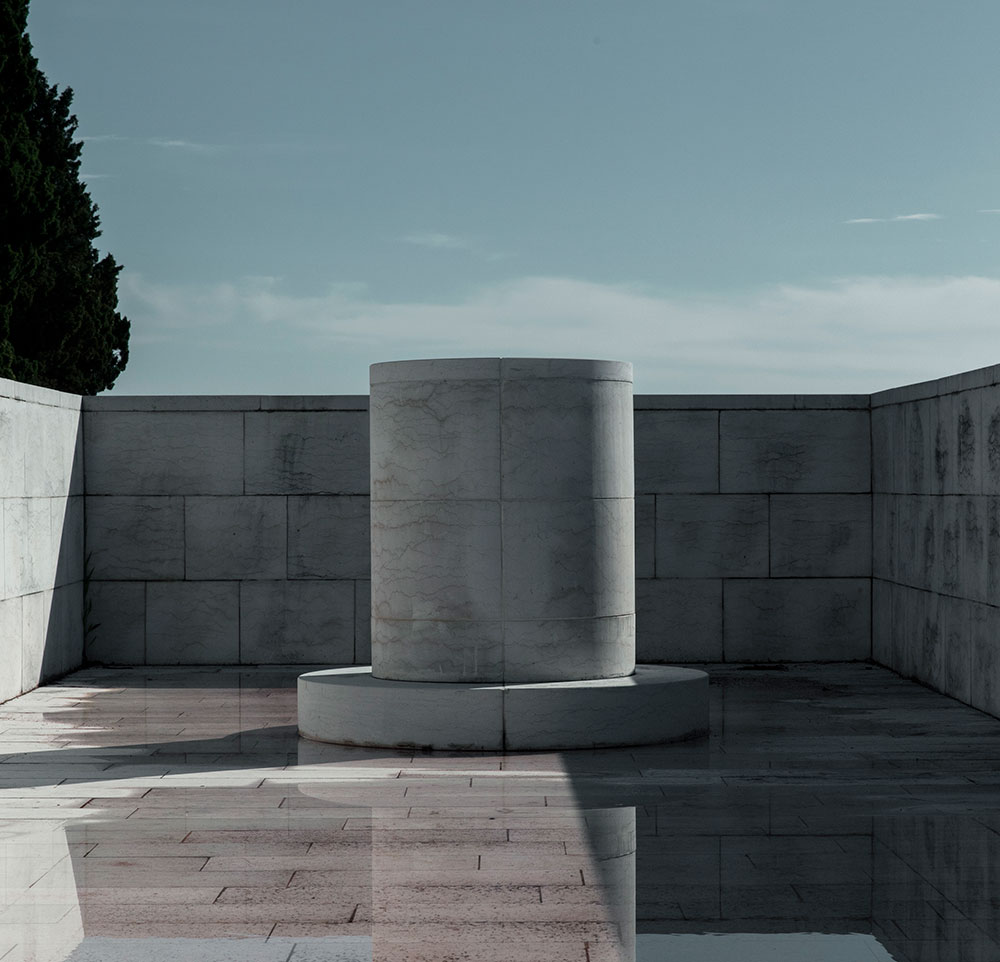
The ossuary is made of Istrian stone, a type of non-porous limestone that is quarried in nearby Croatia and has been used to build many of Venice’s palaces and monuments, and line its canals.
Chipperfield’s cloistered courtyards are, indeed, dignified and beautiful. As Zampieri points out, Venice is a city of enclosed public spaces, and the new buildings on San Michele ‘offer a model for a series of spaces that can be interconnected, differing in size but sharing similar characteristics. The island has been in constant development for 200 years, and will likely continue to develop in the future, so it was important to find a device that can be used in varying ways.
As originally featured in the November 2018 issue of Wallpaper* (W*237)
INFORMATION
For more information, visit the David Chipperfield Architects website
Receive our daily digest of inspiration, escapism and design stories from around the world direct to your inbox.
-
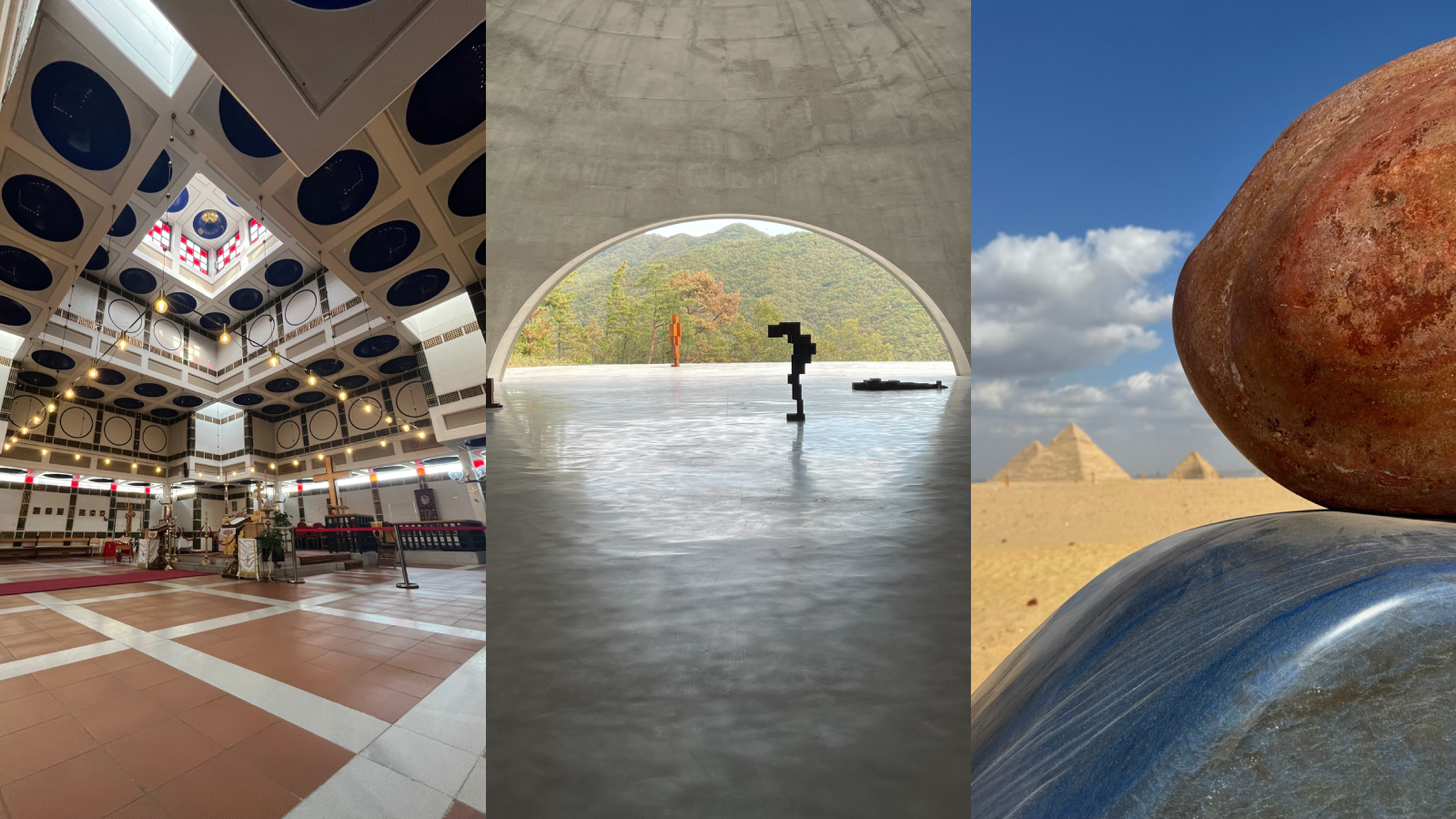 The Wallpaper* team’s travel highlights of the year
The Wallpaper* team’s travel highlights of the yearA year of travel distilled. Discover the destinations that inspired our editors on and off assignment
-
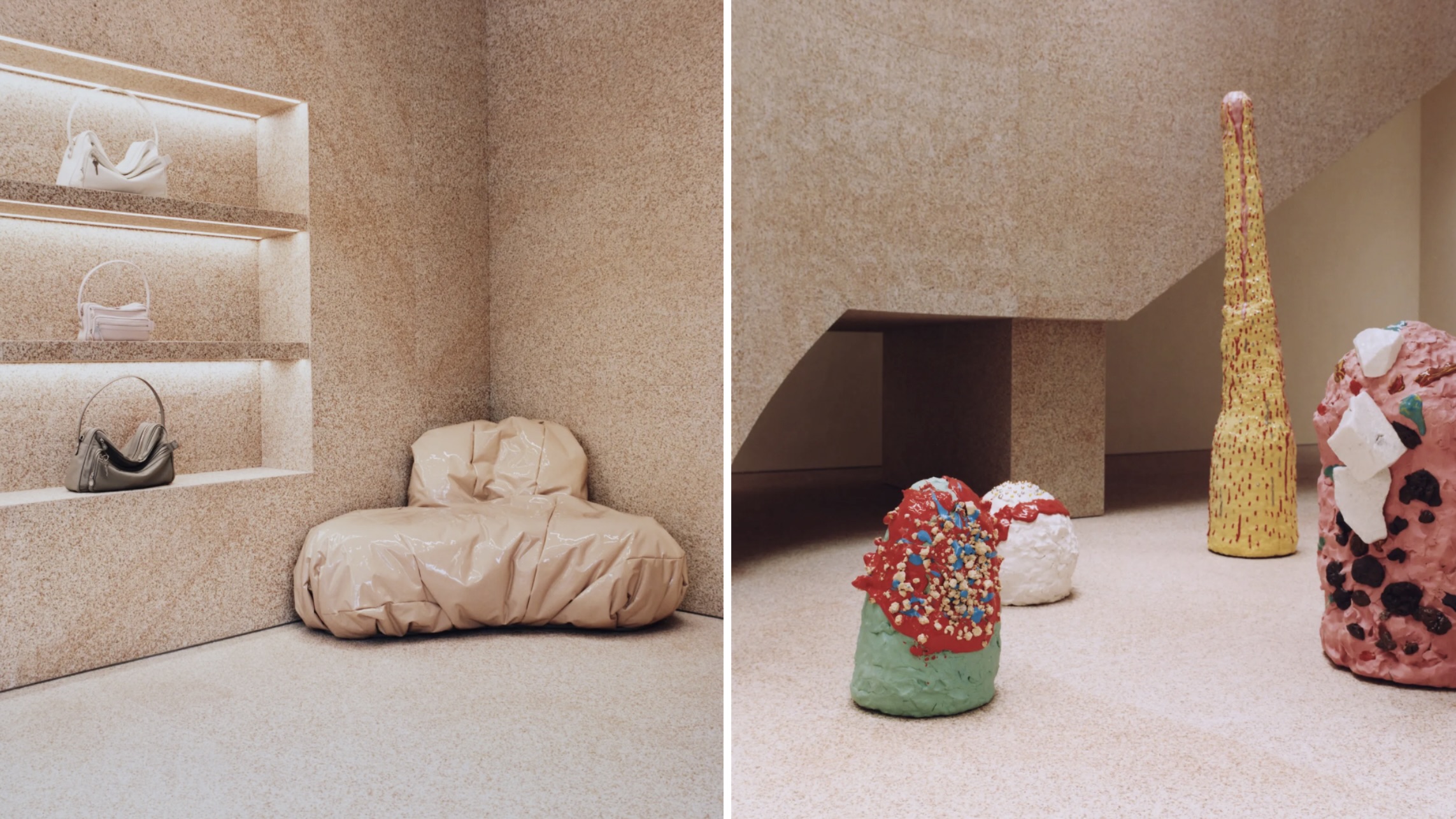 In 2025, fashion retail had a renaissance. Here’s our favourite store designs of the year
In 2025, fashion retail had a renaissance. Here’s our favourite store designs of the year2025 was the year that fashion stores ceased to be just about fashion. Through a series of meticulously designed – and innovative – boutiques, brands invited customers to immerse themselves in their aesthetic worlds. Here are some of the best
-
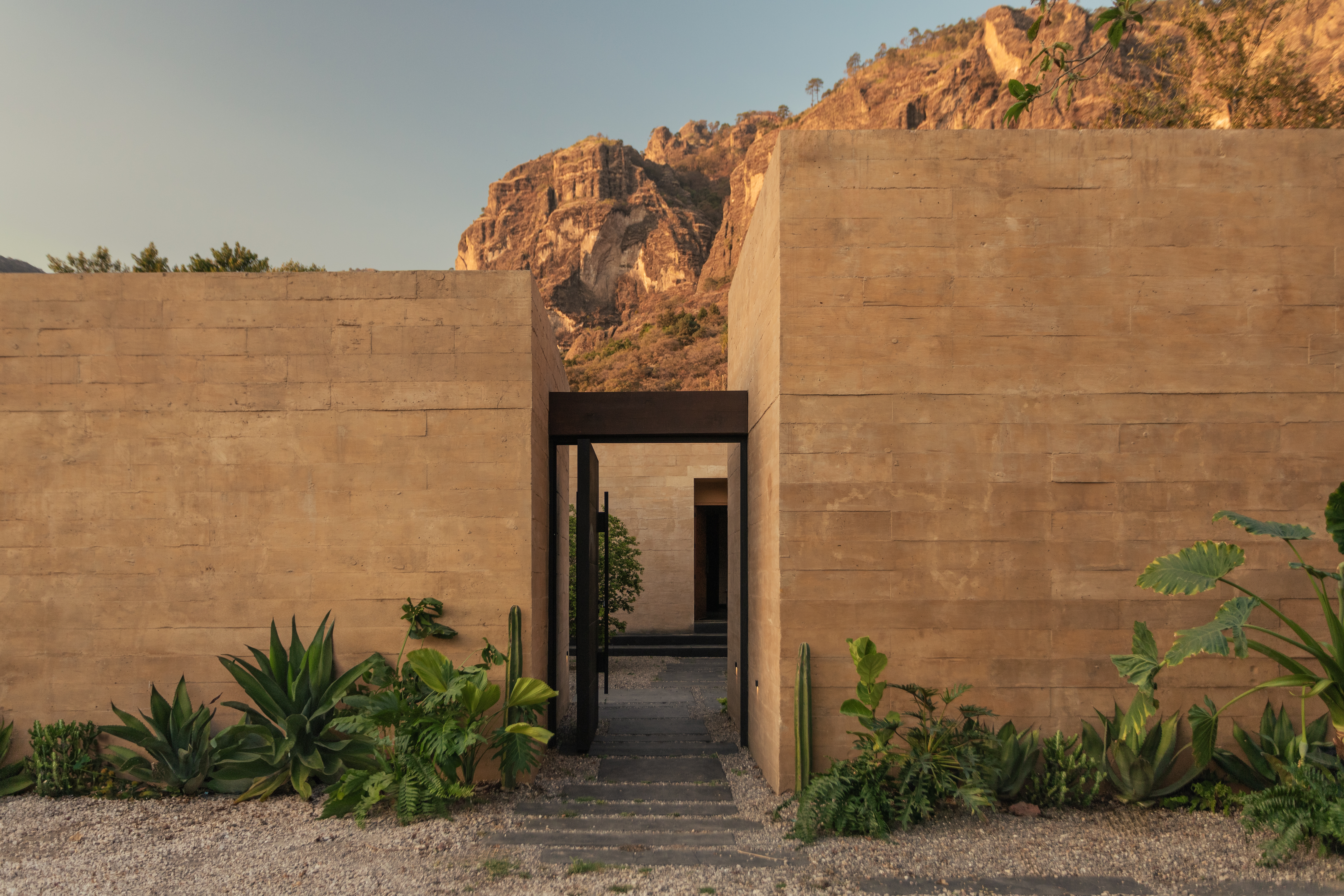 The architecture of Mexico's RA! draws on cinematic qualities and emotion
The architecture of Mexico's RA! draws on cinematic qualities and emotionRA! was founded by Cristóbal Ramírez de Aguilar, Pedro Ramírez de Aguilar and Santiago Sierra, as a multifaceted architecture practice in Mexico City, mixing a cross-disciplinary approach and a constant exchange of ideas
-
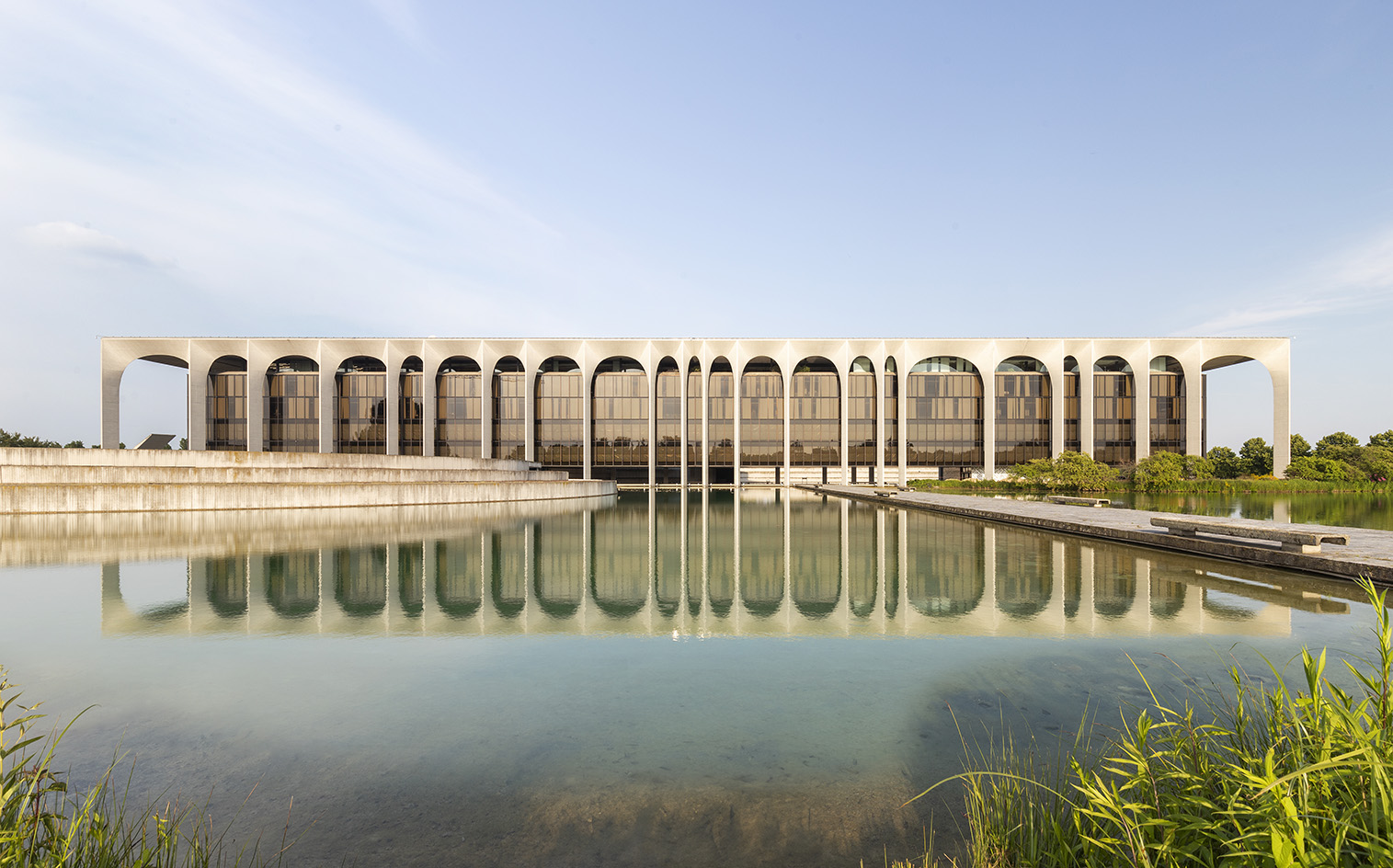 Modernist Palazzo Mondadori’s workspace gets a playful Carlo Ratti refresh
Modernist Palazzo Mondadori’s workspace gets a playful Carlo Ratti refreshArchitect Carlo Ratti reimagines the offices in Palazzo Mondadori, the seminal work by Brazilian master Oscar Niemeyer in Milan
-
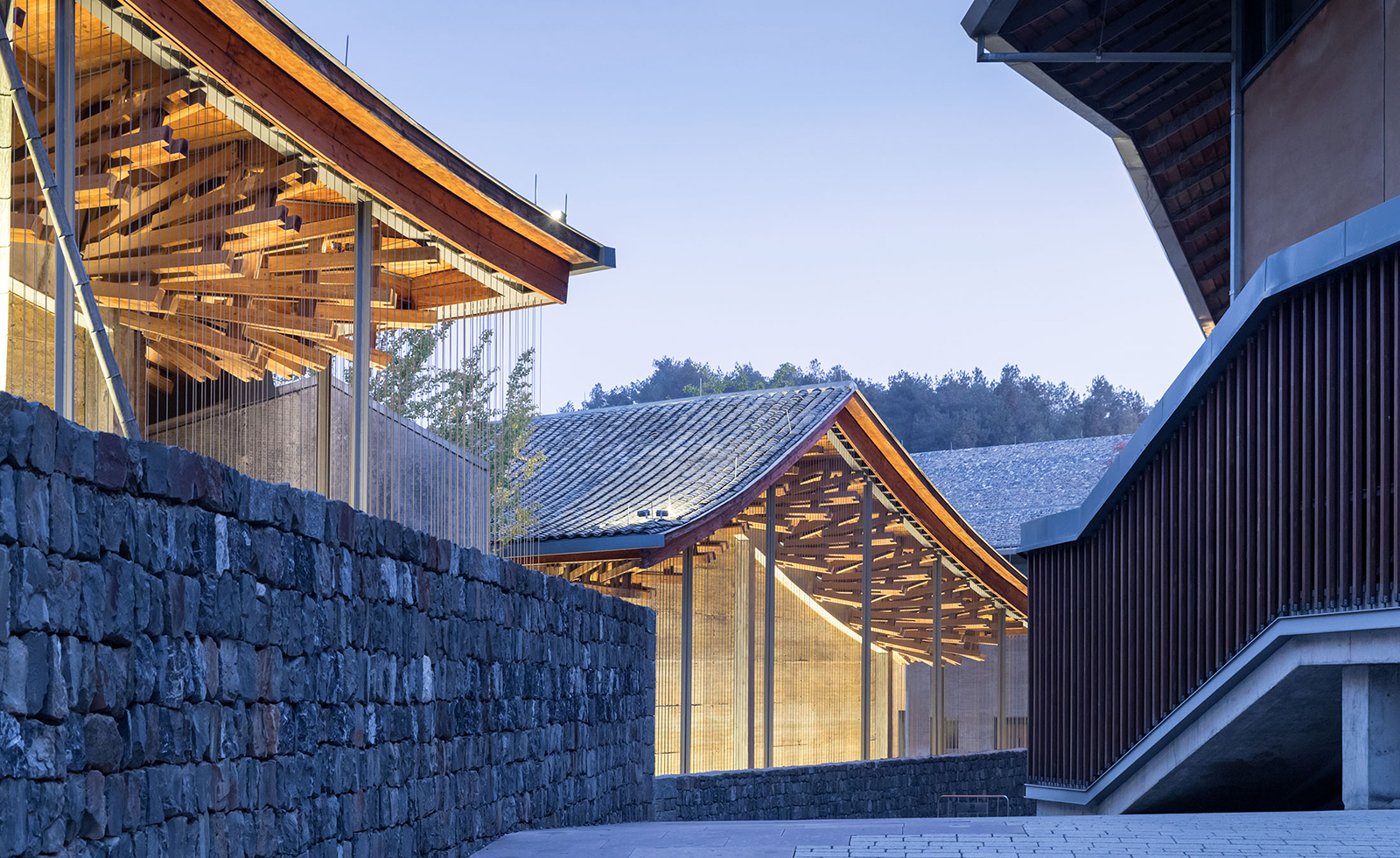 Wang Shu and Lu Wenyu to curate the 2027 Venice Architecture Biennale
Wang Shu and Lu Wenyu to curate the 2027 Venice Architecture BiennaleChinese architects Wang Shu and Lu Wenyu have been revealed as the curators of the 2027 Venice Architecture Biennale
-
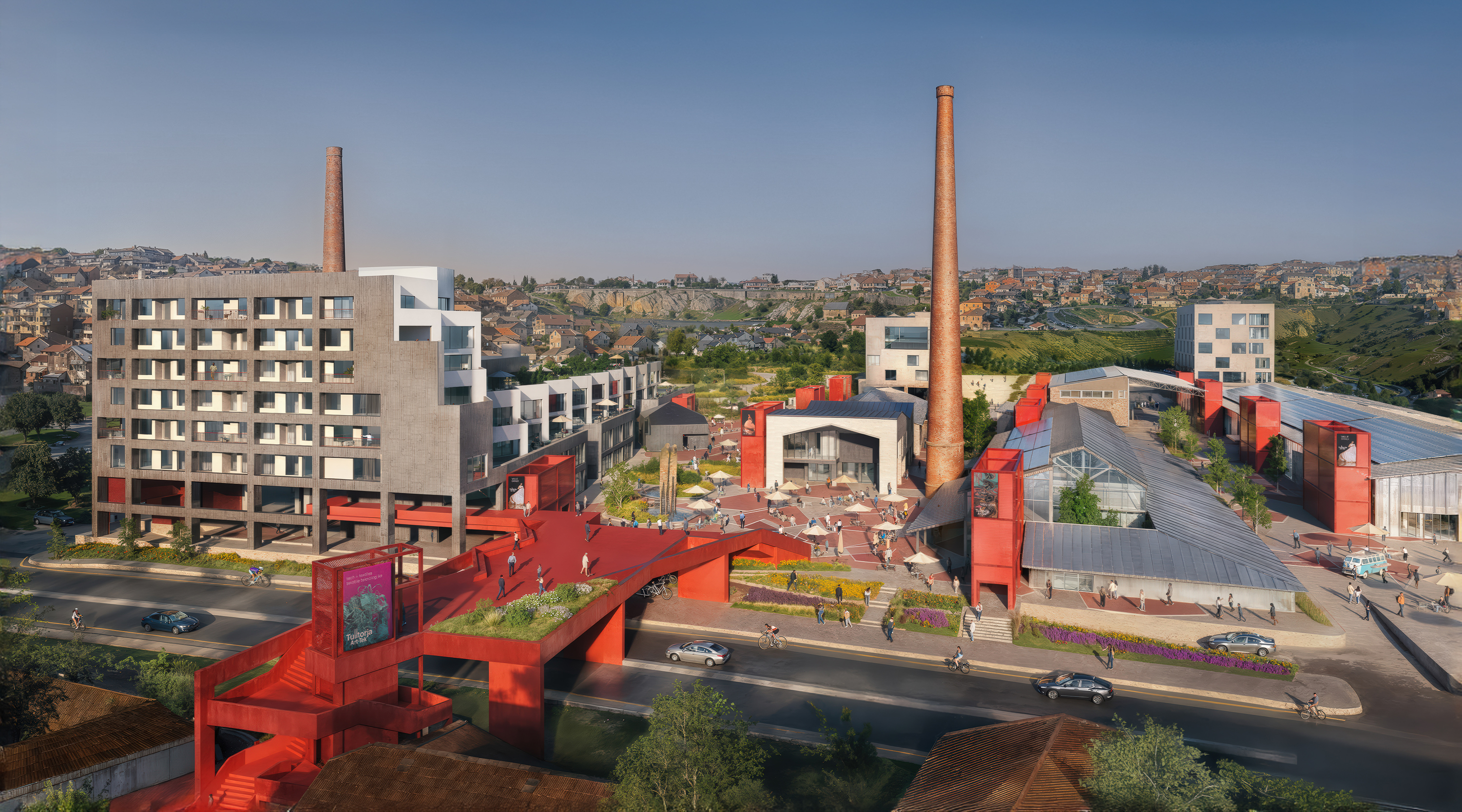 At the Holcim Foundation Forum and its Grand Prizes, sustainability is both urgent and hopeful
At the Holcim Foundation Forum and its Grand Prizes, sustainability is both urgent and hopefulThe Holcim Foundation Forum just took place in Venice, culminating in the announcement of the organisation's Grand Prizes, the projects especially honoured among 20 previously announced winning designs
-
 Carlo Ratti reflects on his bold Venice Architecture Biennale as it closes this weekend
Carlo Ratti reflects on his bold Venice Architecture Biennale as it closes this weekendThe Venice Architecture Biennale opens with excitement and fanfare every two years; as the 2025 edition draws to a close, we take stock with its curator Carlo Ratti and ask him, what next?
-
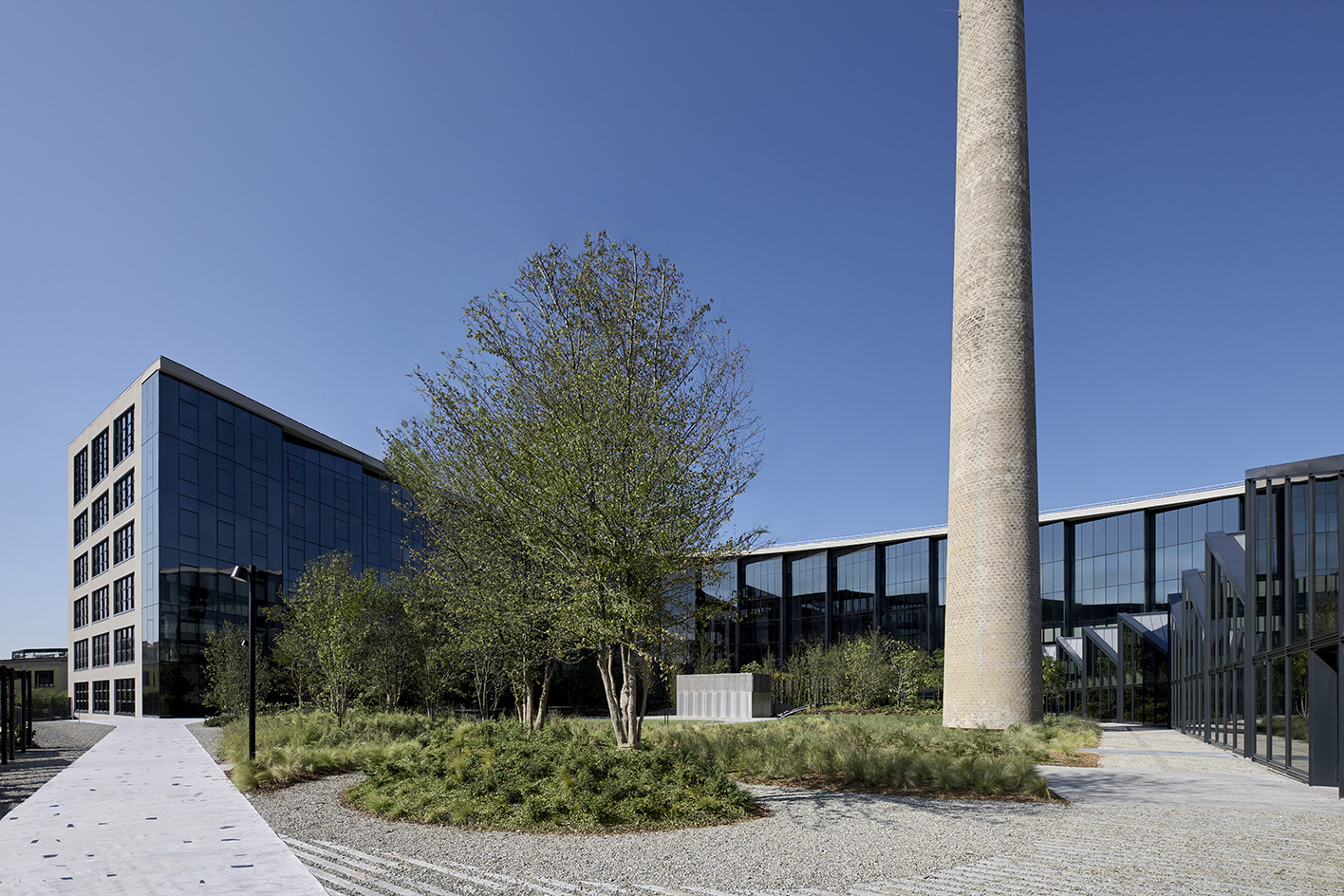 Step inside Casa Moncler, the brand’s sustainable and highly creative Milanese HQ
Step inside Casa Moncler, the brand’s sustainable and highly creative Milanese HQCasa Moncler opens its doors in a masterfully reimagined Milanese industrial site, blending modern minimalism and heritage, courtesy of ACPV Architects Antonio Citterio Patricia Viel
-
 Aldo Frattini Bivouac is a mountain shelter, but not as you know it
Aldo Frattini Bivouac is a mountain shelter, but not as you know itA new mountain shelter on the northern Italian pre-Alp region of Val Seriana, Aldo Frattini Bivouac is an experimental and aesthetically rich, compact piece of architecture
-
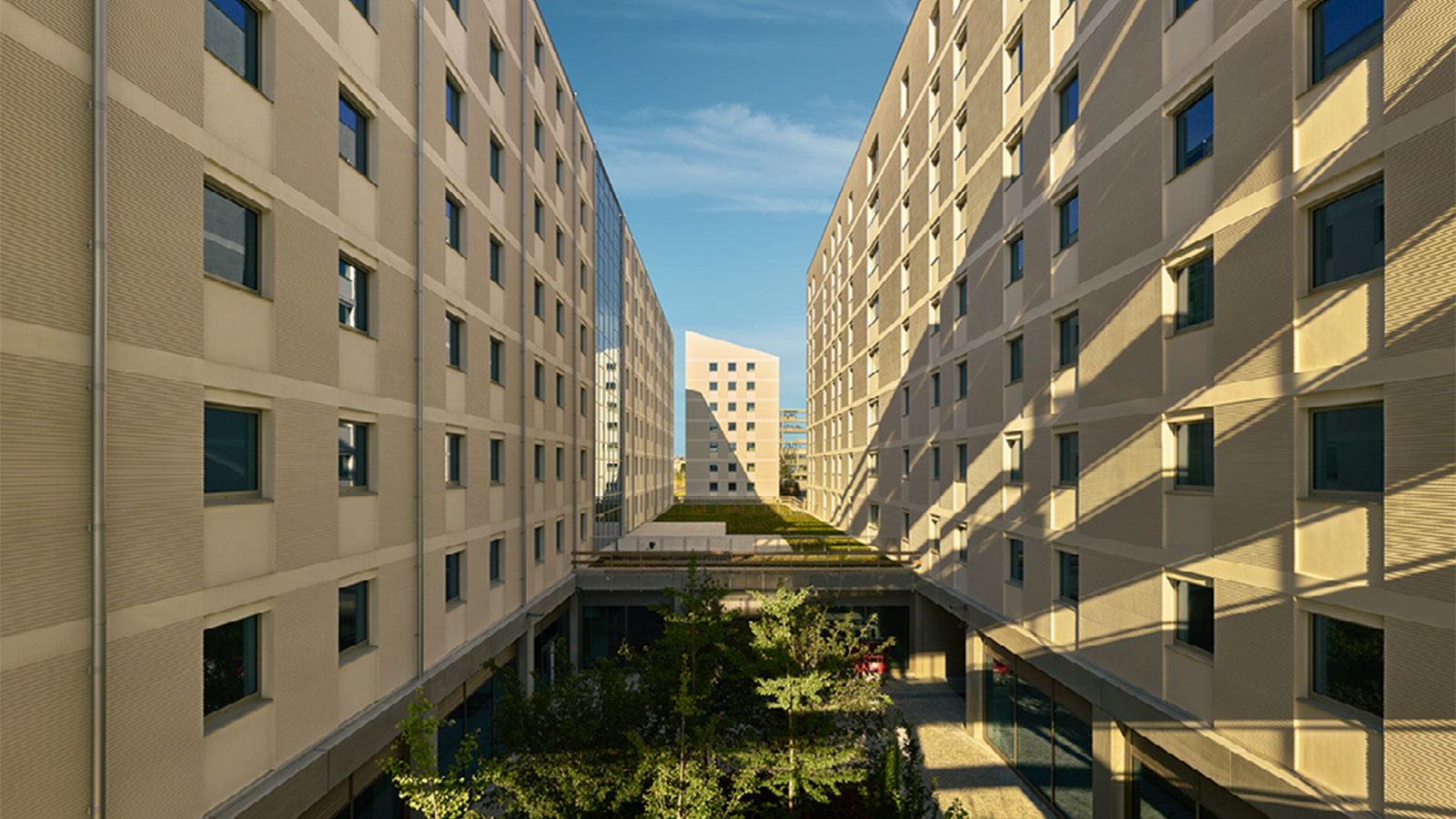 The 2026 Winter Olympics Village is complete. Take a look inside
The 2026 Winter Olympics Village is complete. Take a look insideAhead of the 2026 Winter Olympics, taking place in Milan in February, the new Olympic Village Plaza is set to be a bustling community hub, designed by Skidmore, Owings & Merrill
-
 Anish Kapoor designs Naples station as a reflection of ‘what it really means to go underground’
Anish Kapoor designs Naples station as a reflection of ‘what it really means to go underground’A new Naples station by artist Anish Kapoor blends art and architecture, while creating an important piece of infrastructure for the southern Italian city